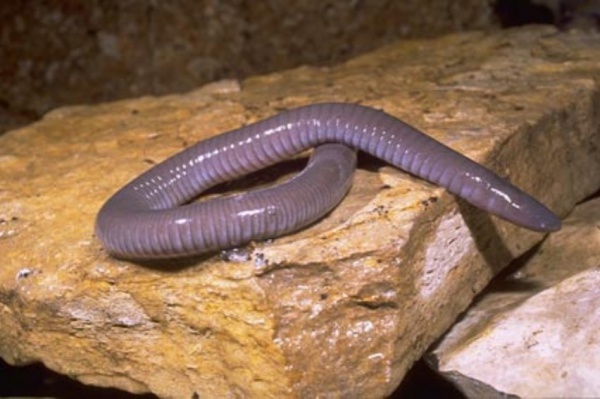Facts About Mexican burrowing caecilian
The Mexican burrowing caecilian is a captivating, legless amphibian belonging to the Dermophiidae family. This distinctive creature can be found in Mexico and Central America, leading a secretive existence beneath leaf litter and plant debris. It inhabits a variety of environments, including dry forests, lowland forests, and plantations.
Reaching lengths of 30-50 cm, the Mexican burrowing caecilian closely resembles a large earthworm. Its skin is marked by transverse annular folds, and it has a pointed snout paired with tiny, vestigial eyes. This amphibian primarily consumes invertebrates and features a unique reproductive method: it is viviparous, meaning its larvae develop inside the mother and feed on her secretions before birth.
Geographically, this species is found in Mexico, Guatemala, El Salvador, Honduras, Nicaragua, and possibly Belize. It mostly inhabits areas on the Atlantic side but can also be found in isolated locations on the Pacific slope, living at elevations up to 1,200 meters above sea level.
Although listed as "Least Concern" on the IUCN Red List, some populations of the Mexican burrowing caecilian are in decline. One potential factor contributing to this decline is that people often mistake them for snakes, leading to persecution. Despite this, this intriguing amphibian continues to thrive in various parts of its range.

 Panama
Panama